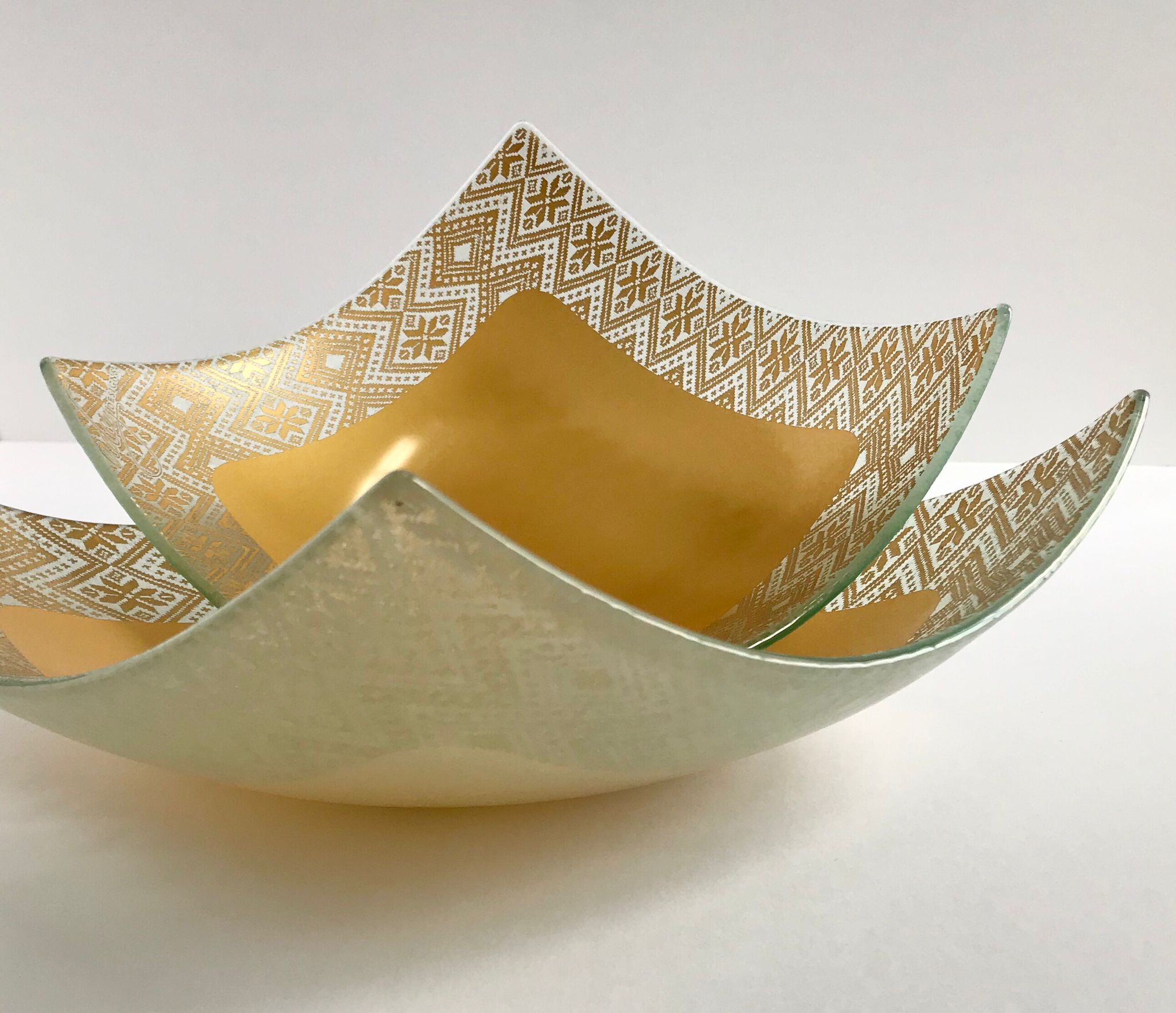Original Story Published by: Stephen Nartey, www.face2faceafrica.com
Photo Source: Wikipedia
(Above) Ritual dance of the royal drum
In Burundi, the ritual dance of the royal drums is considered a significant part of the heritage and identity of the people. During the ritual dance, at least a dozen or so drums are placed in a semi-circle around a central drum.
The drums are beaten in a systematic rhythm, while others stick to the beat set by the central drum, according to UNESCO. In that process, two or three drummers step on the floor to dance to the rhythm. The ritual dance is usually done during national or local feasts and to welcome dignitaries.
In the ancient past, the ritual dance of the royal drums is used to resurrect the spirits of the ancestors and drive out evil spirits. Bearers are recruited from sanctuaries across the country, many of whom are the descendants of drum sanctuary guards.
Not anyone is handpicked to beat the royal drums. The skill is passed from generation to generation and now through formal education. In modern times, the ritual dance of the royal drum is used to transmit cultural, political and social messages. Many a time the drums are beaten with the sense of promoting unity and social cohesion.
In 2014, UNESCO listed the ritual dance of the royal drum as an intangible cultural heritage. The hope is to preserve a tradition the people cherish and export it to the world, according to Africanews.
The beating of the royal drums originated in the 17th century in recognition of the authority of the Royal family at a time when the Burundi monarchy was at the helm of affairs. The royal drum is seen as a source of power and any king who is enthroned is said to have ascended the drum. The greatly revered drums are even given names. With time, the whereabouts of many of the drums are unknown. Two — Rucitime and Murumirwa — are in a traditional straw hut in Gishora, Africanews reported.
To read the full article, visit www.face2faceafrica.com.









